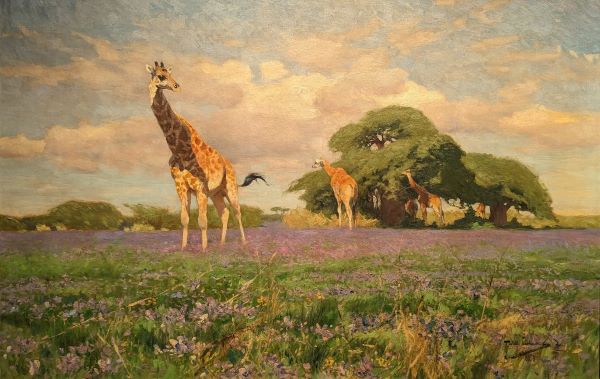Painters by numbers. Canada has it’s Group of Seven. Cuba has Los Diez Pintores Concretos. The Taos Six applied academic techniques to indigenous themes, producing a uniquely American school of painting. Then there’s the international group of wildlife painters of the late 1800s and early 1900s — Richard Friese, Wilhelm Kuhnert, Bruno Liljefors, and Carl Rungius — known collectively as the Big Four.
Survival of the Fittest: Envisioning Wildlife and Wilderness with the Big Four (on through May 26, 2024 at the James Museum of Western and Wildlife Art in St. Peterburg FL) features 45 wildlife masterworks by these four painters. The selected paintings were brought together from the National Museum of Wildlife Art in Jackson WY and the Rijksmuseum Twenthe in the Netherlands for this special traveling exhibition. These are the only two museums in the world that hold significant works by each member of the Big Four. (Read our Art Things Considered blog post about the National Museum of Wildlife Art here.)
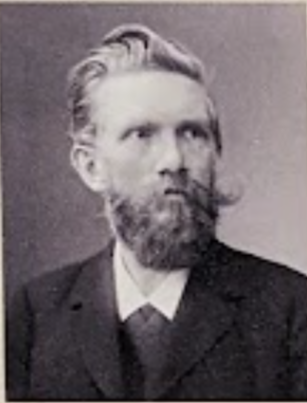
Richard Friese (Germany, 1854-1918) 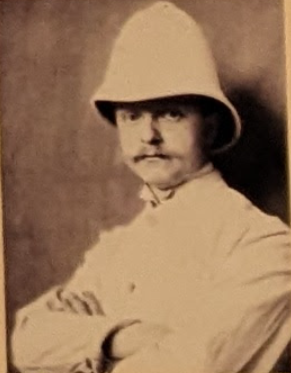
Wilhelm Kuhnert, (Germany, 1865-1926)
The title of the exhibition references Charles Darwin’s On the Origin of Species, which had a revolutionary impact on how people from Western cultures envisioned the human relationship with the other animals on Earth. In the post-Darwin era, a group of classically trained painters now known as the Big Four emerged and helped establish a vision of wildlife and nature that has endured. The work of the Big Four continues to influence contemporary wildlife artists.
In the late 1800s conservation movements arose wherever European colonial expansion had begun to eradicate wilderness, wildlife, and indigenous cultures. Government-sponsored surveys and scientific expeditions traveled to remote areas to study and document wildlife and wilderness. Stimulated by these developments, the Big Four — all of whom had sketched exotic zoo animals as part of their Art Academy training — began painting animals in the natural places they actually lived.
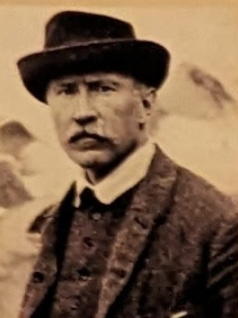
Bruno Liljefors (Sweden 1860-1939) 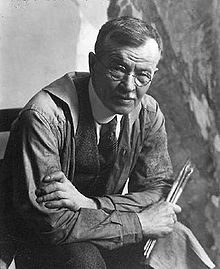
Carl Rungius (Germany, 1869 – New York, 1959)
They took what they learned of the European academic painting tradition out into nature to depict animals and habitats firsthand. Their observations in the field, brough back to their studios in sketches and small paintings, were translated onto large canvases to dramatic effect. Seeing such powerful images of unfettered wildlife gave urban audiences a way to see what lay beyond the edges of their comfortably domesticated lives, popularizing a greater appreciation of the wilderness.
Richard Friese (1854-1918) was the most widely travelled. Born in Prussia, he moved to Berlin and, later in life, began travelling within Northern Europe to hunt and study animals in the wild. He undertook a voyage to the Arctic, and another to the Norwegian Svalbard archipelago in the North Sea to study polar bears. He painted in Canada and in Syria and, closer to home, he frequently visited Kaiser Wilhelm II’s hunting grounds.
Although Friese’s handling of paint became a bit looser over time, he generally stayed true to his academic training, using controlled brushstrokes and realistic colors.
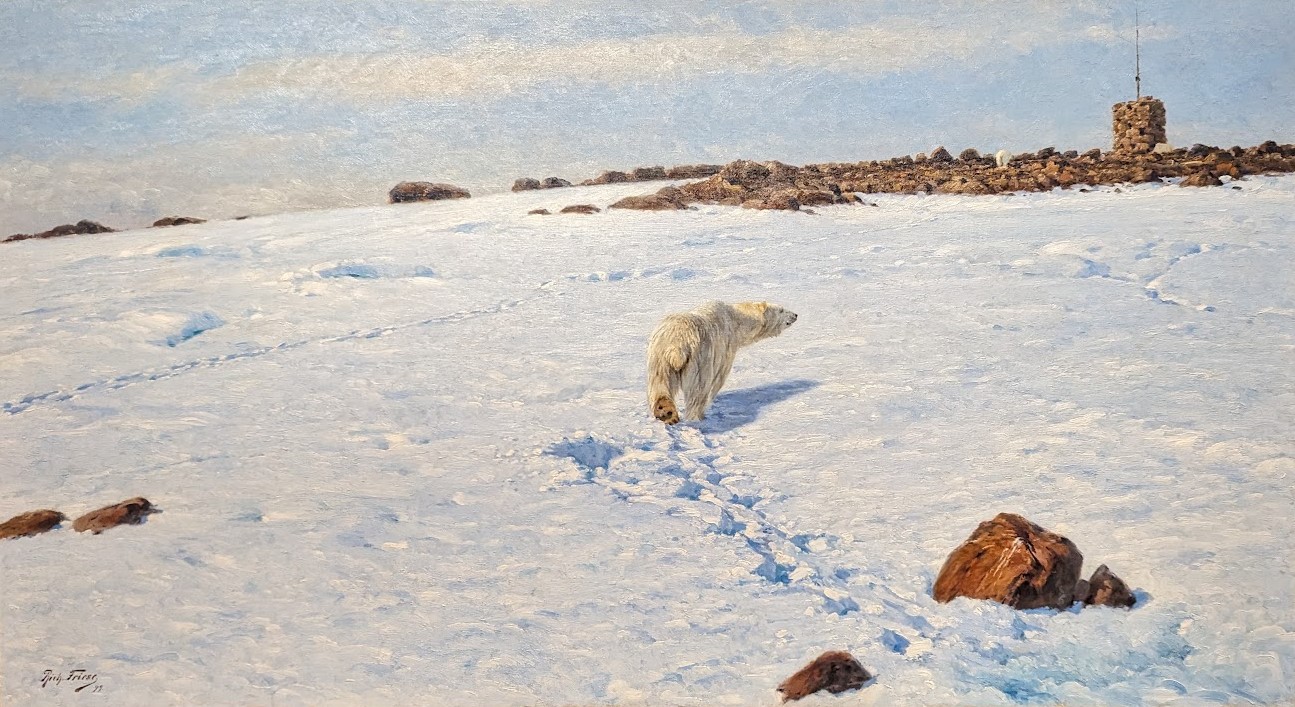
Richard Friese, Arctic Wanderer, 1899 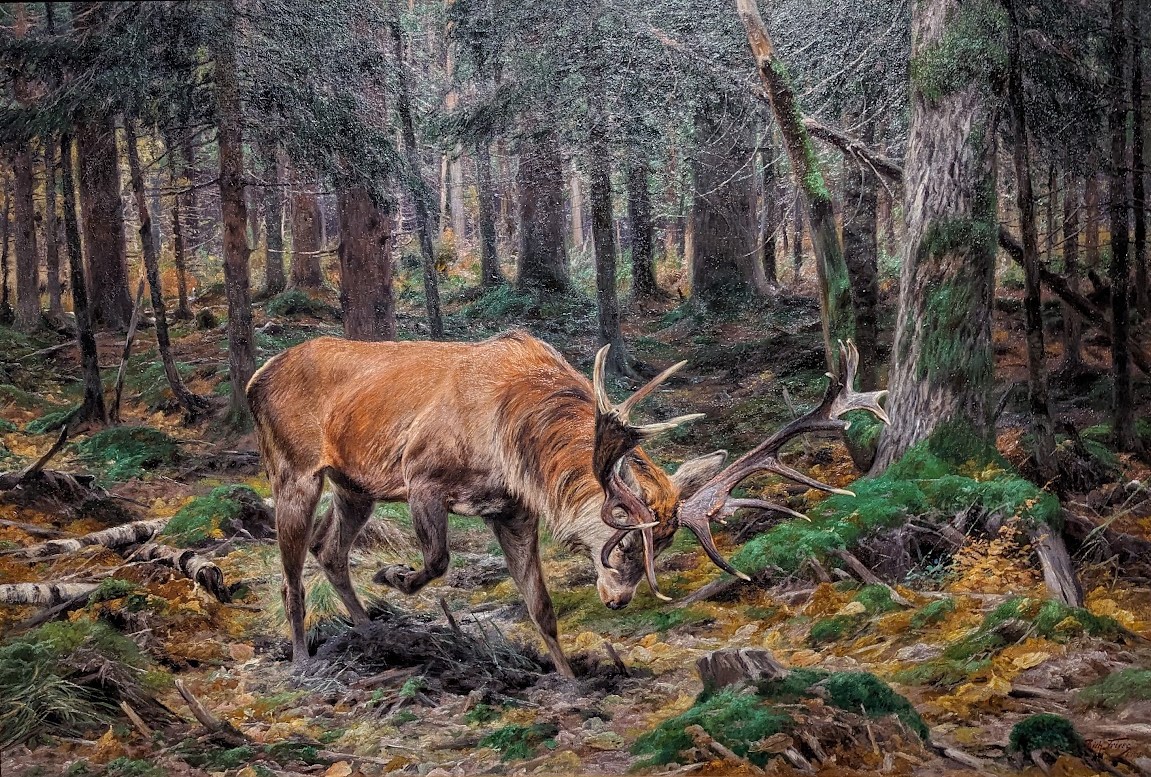
Richard Friese. Deer in a Forest Glade, 1912
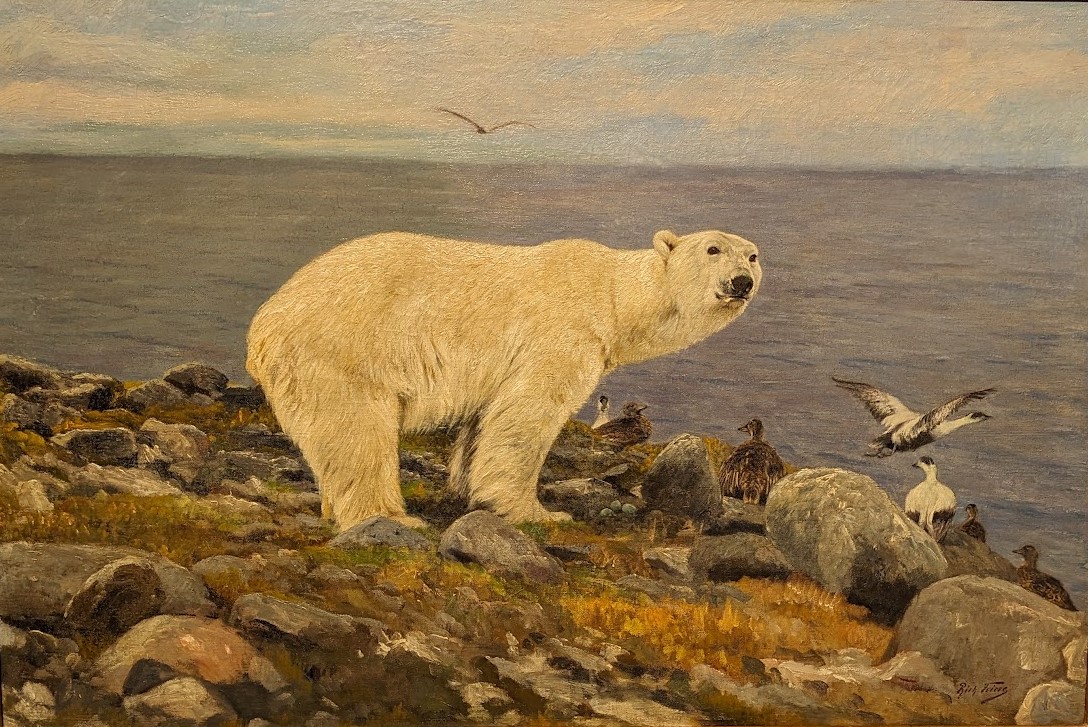
Richard Friese, Polar Bear and Eiders on the Coast, n.d. 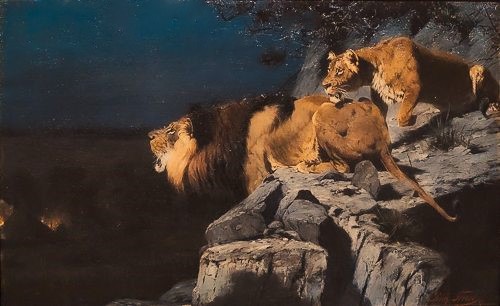
Richard Friese, Lion Couple Stalking Campfire, 1887
Wilhelm Kuhnert (1865-1926) also was Prussian by birth and moved to Berlin as a young man. After finishing his studies at the Royal Academy of Arts, he set up a studio near the Berlin zoo, and concentrated on painting animals. While he travelled less often than the other members of the Big Four, he journeyed farther afield and for longer periods. He travelled to Scandinavia, Egypt, East Africa and India to make landscape and animal studies. His favorite motif was the African lion.
Kuhnert painted quickly, leaving some parts of his canvases loosely painted in the impressionist manner, while maintaining the tight brushstrokes of his traditional training for the central figures.
The header feature image is also by Wilhelm Kuhnert, Giraffes in Blooming Field, Ulanga, Tanzania
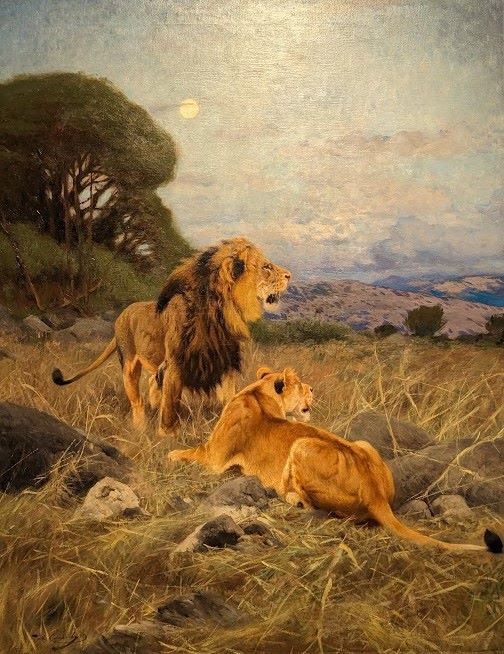
Wilhelm Kuhnert, African Lions, c.1911 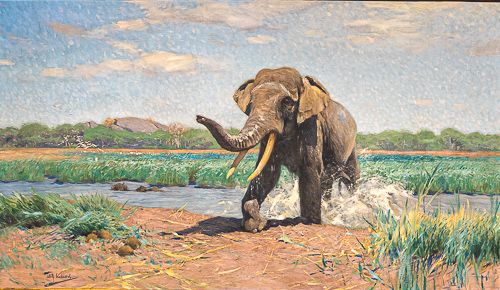
Wilhelm Kuhnert, Indian elephant Emerging from Water, n.d.
Bruno Liljefors (1860-1939) attended the Royal Academy of Arts in Stockholm rather than in Berlin, but his training in the academic manner would have been much the same as his Big Four peers. He traveled frequently within Sweden but seldom if ever ventured beyond its borders. Nonetheless, there were plenty of birds and the small wildlife he encountered while hunting to keep him producing highly popular paintings. He was so successful that he was able to buy the island of Bullerö, where he summered every year from 1908 to 1930. Today his studio on the island is open for tours, set in the midst of a thriving nature preserve.
Liljefors’ brushwork for depicting habitat tended to be loose, but he used a more focused touch on his main subjects, much as Kuhnert did.
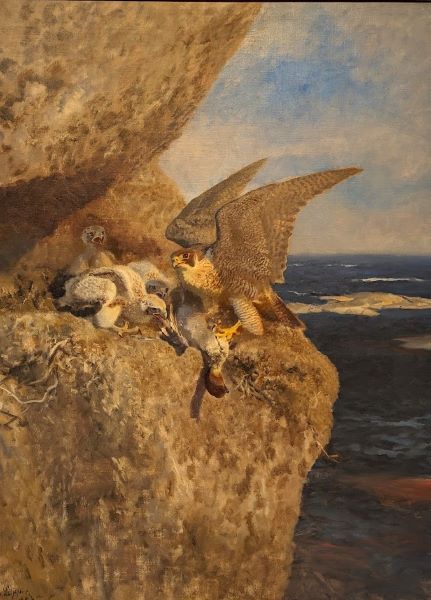
Bruno Liljefors, Peregrine Falcon with Goldeneye, 1923 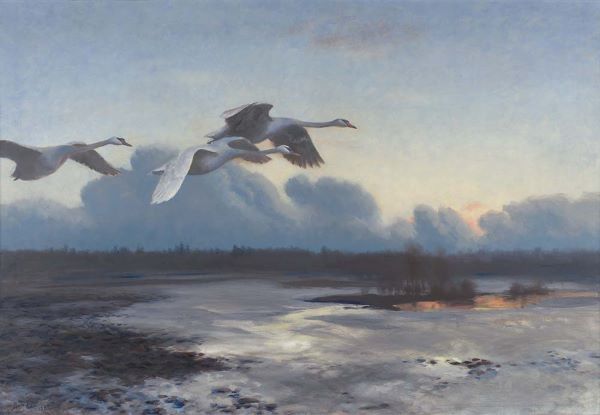
Bruno Liljefors, Migrating Mute Swans, 1925.
Carl Rungius may be the most well-known of the Big Four in the US, largely because he settled here and earned a reputation as the most important big game painter and the first career wildlife artist in North America in the early 20th century. Rungius was an avid sportsman and he spent much more time in the wilderness than other artists. Somewhat counterintuitively, in 1910 he and his wife moved to Manhattan which remained their home base for the rest of their lives. He spent every summer and fall in the Rocky Mountains hunting and sketching, and then spent the winter months in his NY studio for the remainder of the year. After 1922 he built a studio in Banff, Alberta, using it as his western base until 1957.
Like the others of the Big Four, Rungius treated landscapes and wildlife in a single picture, which was a novel approach to animal painting in the late 19th- and early-20th century. His style changed over the course of his career from tightly controlled Academic realism to the looser impressionistic brushwork. (Read our Art Things Considered blog article about Carl Rungius at the National Museum of Wildlife Art here.)
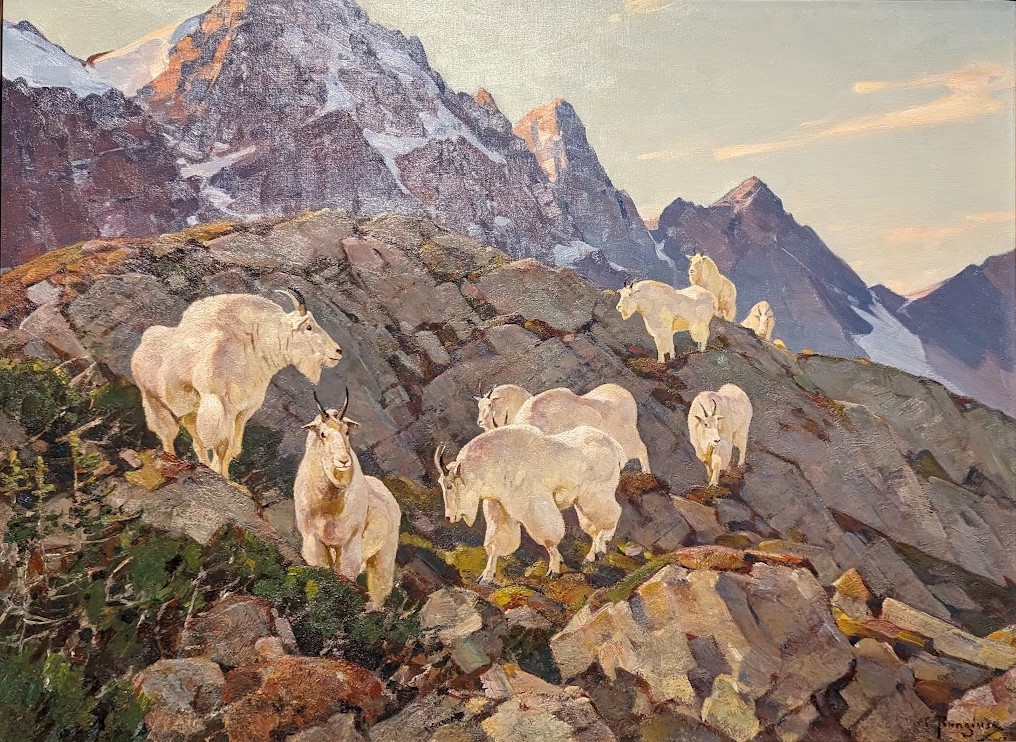
Carl Rungius, Under Pyramid Peak, 1935 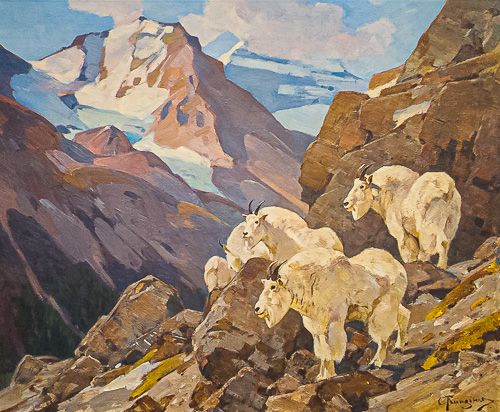
Carl Rungius, Mountain Goats on the Slopes of Mt Athabaska, n.d.
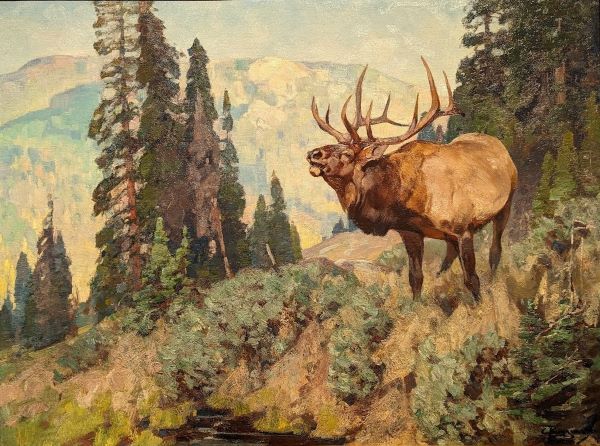
Carl Rungius, Wind River Bugler, 1923 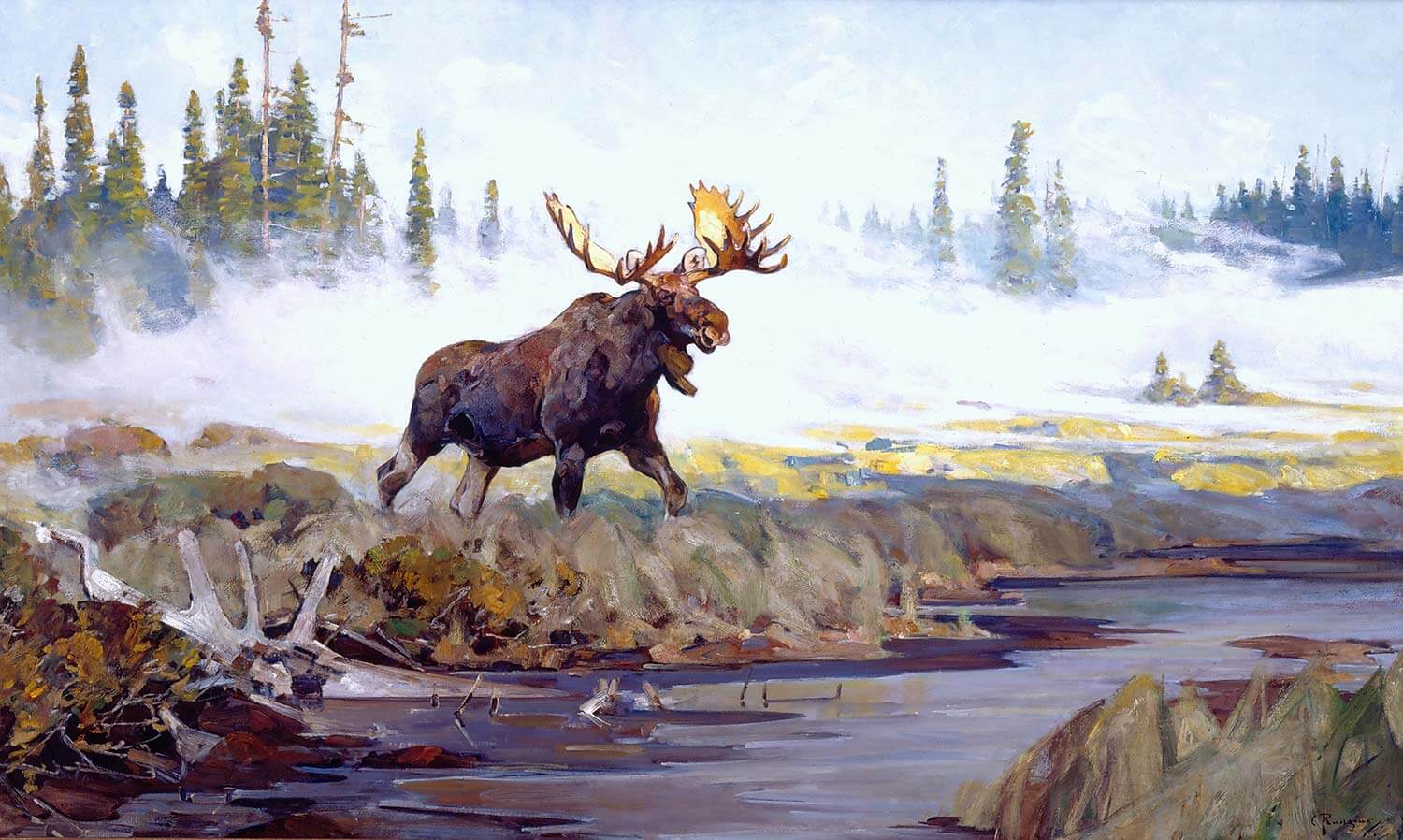
Carl Rungius, Morning Mist, c.1930
ArtGeek highly recommends Survival of the Fittest: Envisioning Wildlife and Wilderness with the Big Four.
Hmmm … maybe it’s time to plan a little trip …
The James Museum of Western & Wildlife Art
150 Central Avenue, St. Petersburg, FL
727-892-4200
If you can’t get to the James Museum of Western and Wildlife Art by May 26, 2024, you’ll have three more opportunities to see this terrific exhibition. It will travel to:
Briscoe Western Art Museum in San Antonio TX (June 15 – Sept 8, 2024)
Leigh Yawkey Woodson Art Museum in Wausau WI (Dec 7, 2024 – Feb 25, 2025)
Nelson-Atkins Museum of Art in Kansas City MO (March 22 – Sept 15, 2025)
Art Things Considered is an art and travel blog for art geeks, brought to you by ArtGeek.art — the only search engine that makes it easy to discover almost 1700 art museums, historic houses & artist studios, and sculpture & botanical gardens across the US.
Just go to ArtGeek.art and enter the name of a city or state to see a complete interactive catalog of museums in the area. All in one place: descriptions, locations and links.
Use ArtGeek to plan trips and to discover hidden gem museums wherever you are or wherever you go in the US. It’s free, and it’s easy and fun to use!
© Arts Advantage Publishing, 2024
